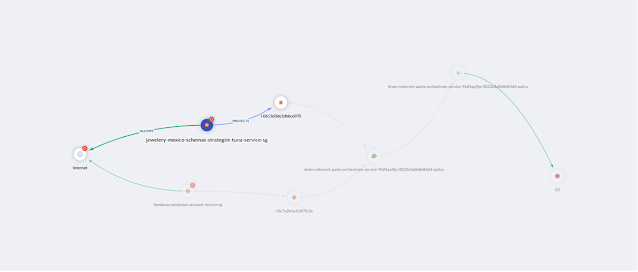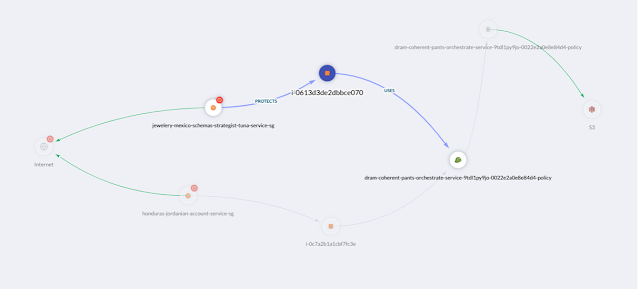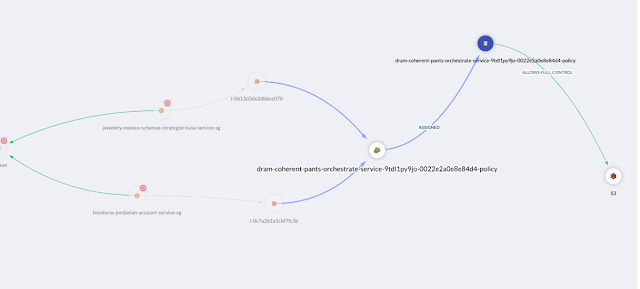Nowadays, “cybersecurity” is the buzzword du jour, infiltrating every organization, invited or not. Furthermore, this is the case around the world, where an increasing proportion of all services now have an online presence, prompting businesses to reconsider the security of their systems. This, however, is not news to Cisco, as we anticipated it and were prepared to serve and assist clients worldwide.
Secure Cloud Analytics, part of the Cisco Threat, Detection, and Response (TD&R) portfolio, is an industry-leading tool for tackling core Network Detection and Response (NDR) use cases. These workflows focus primarily on threat detection and how security teams may recognize the most critical issues around hunting and forensic investigations to improve their mean-time-to-respond.
Over the last year, the product team worked tirelessly to strengthen the NDR offering. New telemetry sources, more advanced detections, and observations supplement the context of essential infrastructure aspects as well as usability and interoperability improvements. Additionally, the long-awaited solution Cisco Telemetry Broker is now available, providing a richer SecOps experience across the product.
MITRE ATT&CK framework alerting capabilities
As part of our innovation story on alerting capabilities, Secure Cloud Analytics now features new detections tied to the MITRE ATT&CK framework such as Worm Propagation, Suspicious User Agent, and Azure OAuth Bypass.
Additionally, various new roles and observations were added to the Secure Cloud Analytics to improve and change user alerts, that are foundational pieces of our detections. Alerts now include a direct link to AWS’ assets and their VPC, as well as direct access to Azure Security Groups, enabling further investigation capabilities through simplified workflows. In addition, the Public Cloud Providers are now included in coverage reports that provide a gap analysis to determine which accounts are covered. Alert Details offers new device information, such as host names, subnets, and role metrics that emphasize detection techniques. To better configure alerts, we are adding telemetry to gain contextual reference on their priority. Furthermore, the ingest process has grown more robust due to data from the Talos intelligence feed and ISE.
NDR: A Force Multiplier to Cisco XDR Strategy
The highly anticipated SecureX integration is now available in a single click, with no API credentials required and smooth interaction between the two platforms. Most importantly, Secure Cloud Analytics alerts may now be configured to automatically publish as incidents to the SecureX Incident Manager. The Talos Intelligence Watchlist Hits Alert is on by default due to its prominence among the many alert types.
Among other enhancements to graphs and visualizations, the Encrypted Traffic widget allows for an hourly breakdown of data. Simultaneously, the Device Report contains traffic data for a specific timestamp, which may be downloaded as a CSV. Furthermore, the Event Viewer now displays bi-directional session traffic to provide even more context to Secure Cloud Analytics flows, as well as additional columns to help with telemetry log comprehension: Cloud Account, Cloud Region, Cloud VPC, Sensor and Exporter.
New Sensor Data to Quickly Detect and Hunt Threats
On-premises sensors now provide additional telemetry on the overview page and a dedicated page where users can look further into the telemetry flowing through them in Sensor Health. To optimize the Secure Cloud Analytics deployment and improve the user experience, sensors may now be deleted from the interface.
Regarding telemetry, Cisco Telemetry Broker can now serve as a sensor in Secure Cloud Analytics, so users can identify and respond to threats faster with additional context sent to Secure Cloud Analytics. In addition, there will soon be support for other telemetry types besides IPFIX and NetFlow.
As we can see from the vast number of new additions to Secure Cloud Analytics, the product team has been working hard to understand the latest market trends, listen to the customers’ requests, and build one of the finest SaaS products in the NDR industry segment. The efforts strongly underline how Secure Cloud Analytics can solve some of the most important challenges in the NDR space around visibility, fidelity of alerts and deployment complexity by providing a cloud hosted platform that can offer insights on-premise and on cloud environments simultaneously from the same dashboard.
Source: cisco.com











